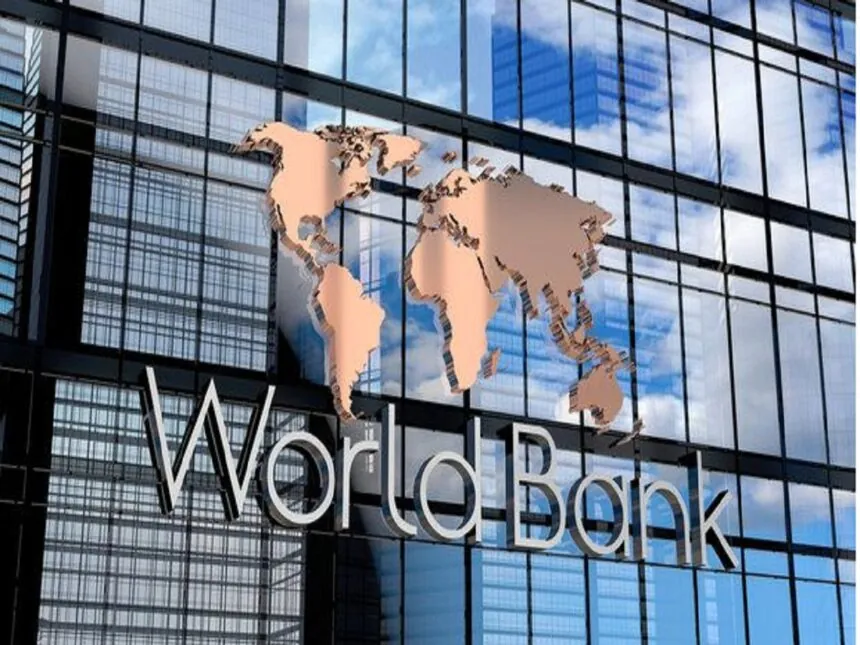NEWS XTRA

ONLY 44% OF SOCIAL BENEFITS REACH POOR NIGERIANS – WORLD BANK REVEALS IN NEW REPORT
World Bank: Less Than Half of Nigeria’s Social Benefits Reach the Poor
Despite huge government spending on poverty alleviation, a new World Bank report has revealed that only 44% of Nigeria’s social benefits actually reach poor citizens — meaning more than half of the aid meant for vulnerable people ends up elsewhere.
In the report titled “The State of Social Safety Nets in Nigeria,” released in November 2025, the World Bank assessed how effective Nigeria’s welfare and cash transfer programs have been. The findings show that weak targeting, underfunding, and poor coordination have made social safety nets largely ineffective in reducing poverty.
Billions Spent, Little Impact
According to the report, while 56% of beneficiaries of government safety-net schemes are classified as poor, they receive only 44% of the total benefits distributed.
This shortfall, the Bank said, is largely due to how most programmes — including the National Social Safety Nets Programme (NASSP) — are structured to allocate a fixed amount per household instead of per individual.
As a result, larger poor families end up sharing smaller benefits among more people, reducing the real impact on poverty.
“Even for well-targeted programs, the same benefit amount is divided over a larger number of people living in poorer households,” the report explained.
Programs like the National Home-Grown School Feeding Programme (NHGSFP), which target individuals instead of households, face fewer issues of this kind. However, the school feeding scheme currently covers only pupils in grades one to three and does not have full national coverage, limiting its reach.
Nigeria’s Spending Among the Lowest in the World
The World Bank also revealed that Nigeria spends just 0.14% of its GDP on social protection — far below the global average of 1.5% and Sub-Saharan Africa’s average of 1.1%.
Because of this, the overall impact of social protection on poverty reduction in Nigeria is “almost zero.” The report estimates that all of Nigeria’s existing social safety net programs combined have reduced the national poverty rate by only 0.4 percentage points.
“At the existing level of social protection expenditure, there is almost no impact on the overall poverty headcount rate,” the Bank warned.
Overreliance on Donors
The report also raised concerns about Nigeria’s heavy dependence on donor funding to sustain its welfare initiatives. Between 2015 and 2021, about 60% of the country’s safety-net funding came from foreign donors, with the World Bank contributing over 90% of that external support.
The Bank warned that this reliance is unsustainable and poses serious risks if donor funding declines.
“There is an urgent need for Nigeria to find fiscal space for sustainable social safety-net programming,” the report cautioned.
Some Progress Amid Challenges
Despite the gloomy statistics, the World Bank acknowledged that the National Social Safety Nets Programme (NASSP), which uses the National Social Registry (NSR) to identify vulnerable households, has produced encouraging results.
Among its beneficiaries, the NASSP has reduced poverty by 4.3 percentage points and the poverty gap by 4.2 percentage points — almost ten times more effective than all other programmes combined.
The NSR database, now covering over 85 million Nigerians, is described as the largest in Sub-Saharan Africa, and a strong platform for improving targeting and transparency in welfare delivery.
"This represents a significant development in our ongoing coverage of current events."— Editorial Board









